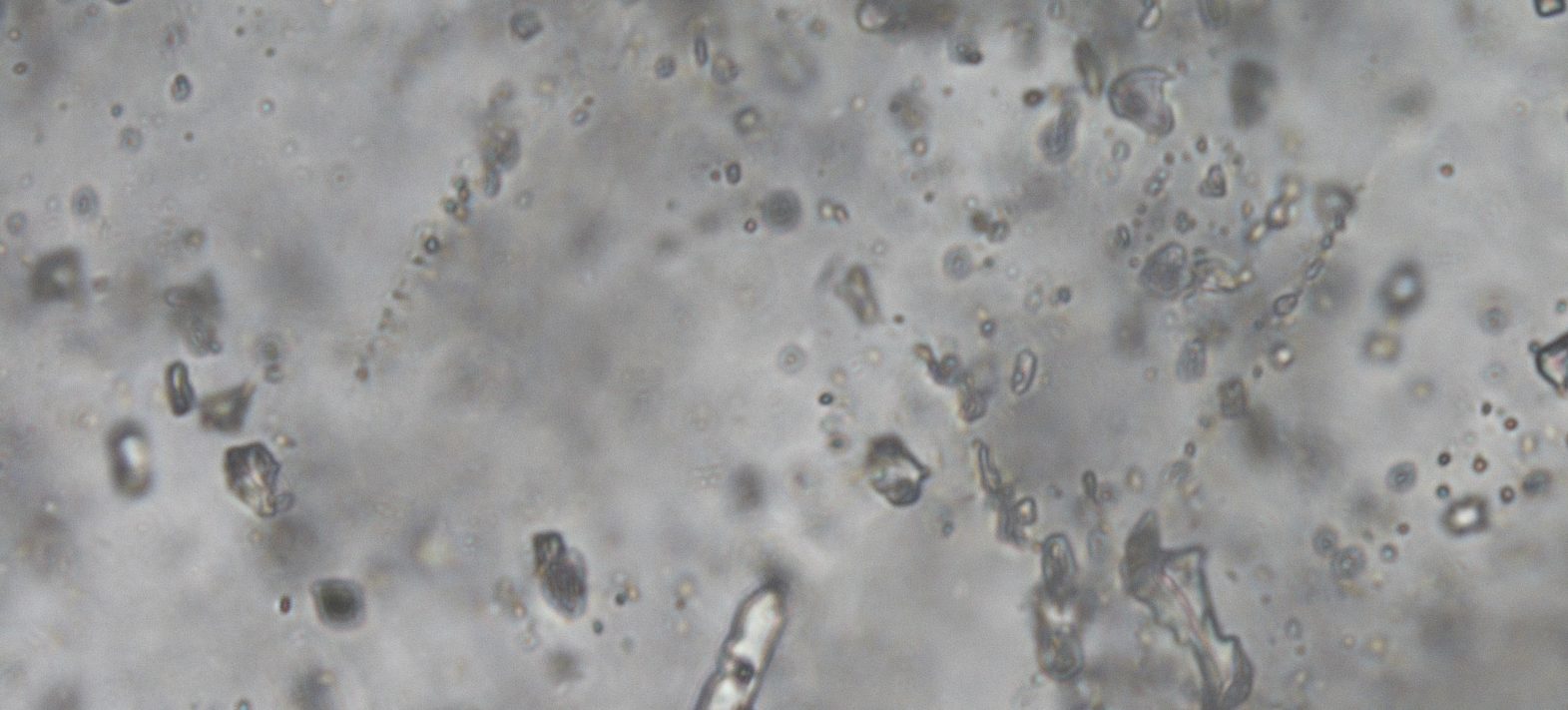New insights into the history of Earth’s atmosphere through neon and xenon isotopes.
A study reveals how mantle degassing and gas leakage into space have shaped the composition of the atmosphere over time.

Fluid inclusions (including gas bubbles) in quartz samples dating back 2.7 billion years.
Publication date: 14/11/2025
Research
Related teams :
Cosmochemistry, Astrophysics and Experimental Geophysics (CAGE)








